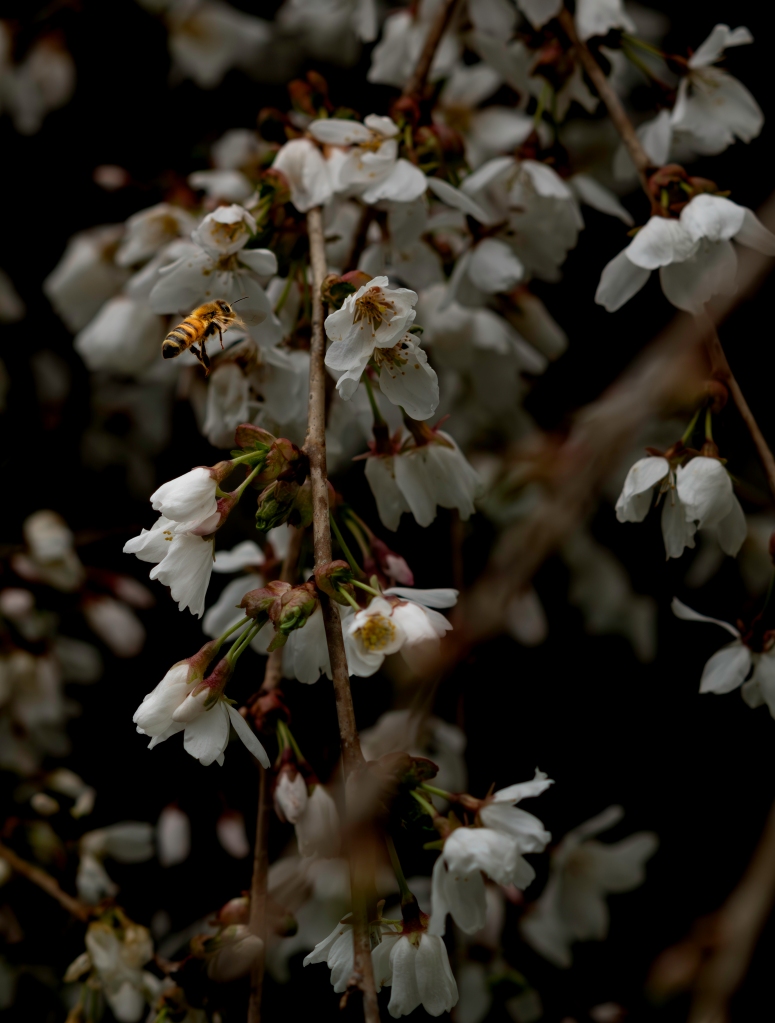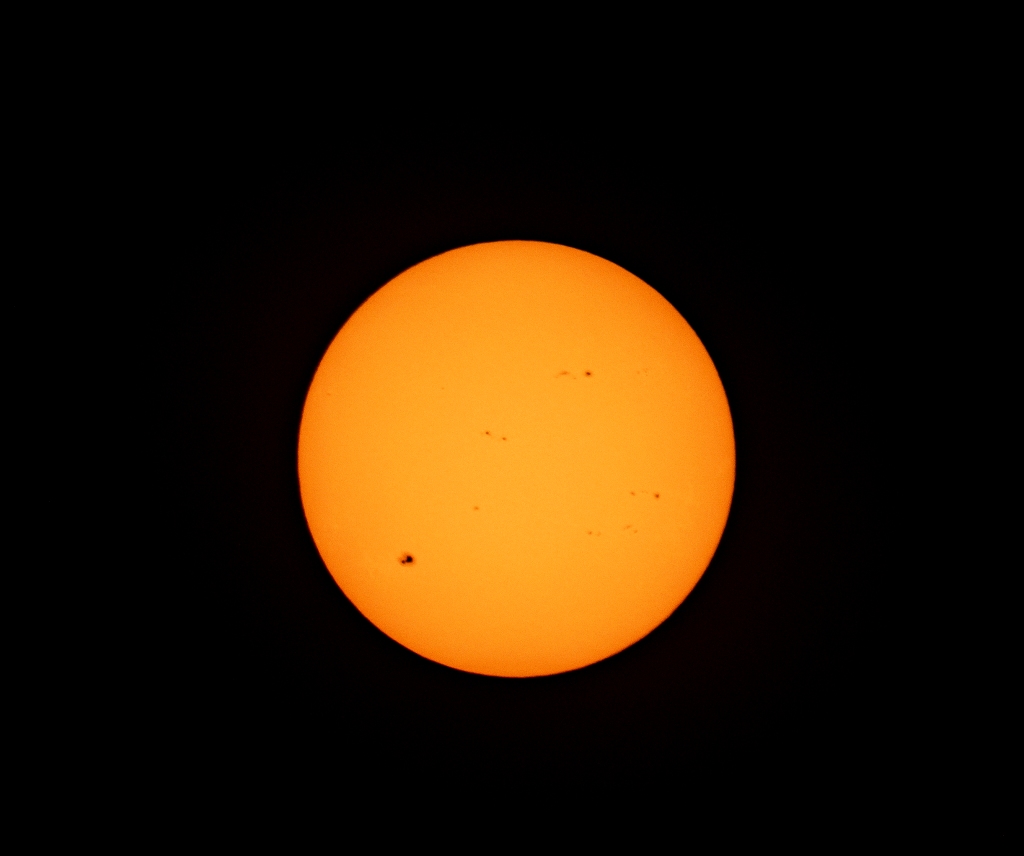For an uncountable number of weeks and days we (meaning me, mostly) have focused our eyes on the cosmos. The big show, the Total Eclipse, has come and gone. We have plenty of pictures to show and, unless you an astrophysicist, not much to think about. What, in the end did we get out of the eclipse other than some great memories–and you can’t eat those? Just after the eclipse I took a walk in the neighborhood to decompress from the excitement. I found myself standing next to a blossoming tree that was humming with excitement. As I got closer I realized the tree was covered with honey bees, all working like crazy on something that will last long after the memories have faded.
The memories of the Great American Eclipse will be gone far too soon, adding another item to the list of things that once were. The efforts of the honey bees, however, will endure.








